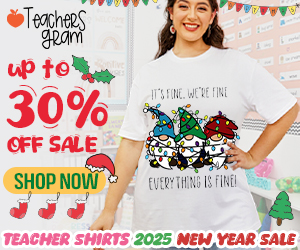Disclosure - This is a collaborative post.
Did you know that different people process and absorb information in different ways? In other words, we don’t all learn in the same way. There are three main learning styles and it’s important for parents to try and understand which one is most suited to their child so that they are in a better position to help them succeed in school. For instance, you will be able to change the way you explain things or invest in some more appropriate learning tools.
Visual Learners
Visual learners like to read, write, and draw to help them absorb information and they often like to doodle. They typically find graphs and diagrams helpful when interpreting data and tend to enjoy the use of lots of colours and visual cues when studying. They also tend to have a good sense of direction.
Auditory Learners
While a visual learner might like to read for pleasure, auditory learners prefer to listen to audiobooks or podcasts. They are better at understanding information when it is verbally explained to them rather than read from a textbook. They are also great communicators because they are good at listening and also engaging in discussions. If your child is an auditory learner, it's important that they are able to listen so having hearing check ups is a must incase they are in need of phonak hearing aids. You may notice them reading aloud while studying to help them process the material at hand.
Kinaesthetic Learners
If your child is a kinaesthetic learner, they will be drawn to hands-on subjects like drama, art, or sport. They are better at processing information through sensory cues so like to move around and feel things. Kinaesthetic learners typically struggle to sit still for long periods of time and often like to fiddle with something.
To determine which type of learner your child seems to be, you will need to observe them and consider what sparks their interests. Do they like to get their hands dirty and play outside or are they quite happy curling up with a book for hours on end? There is a chance your child might fall into more than one of the above categories, so that’s also something to bear in mind.
Once you have established what type of learner your child is, you should have a greater understanding of how you can aid their learning. For instance, if you think your child is a visual learner, you can buy them lots of coloured pens and paper to use when they’re studying.
Michelle









.png)










Post a Comment
Thanks for your comments. I love reading them :)